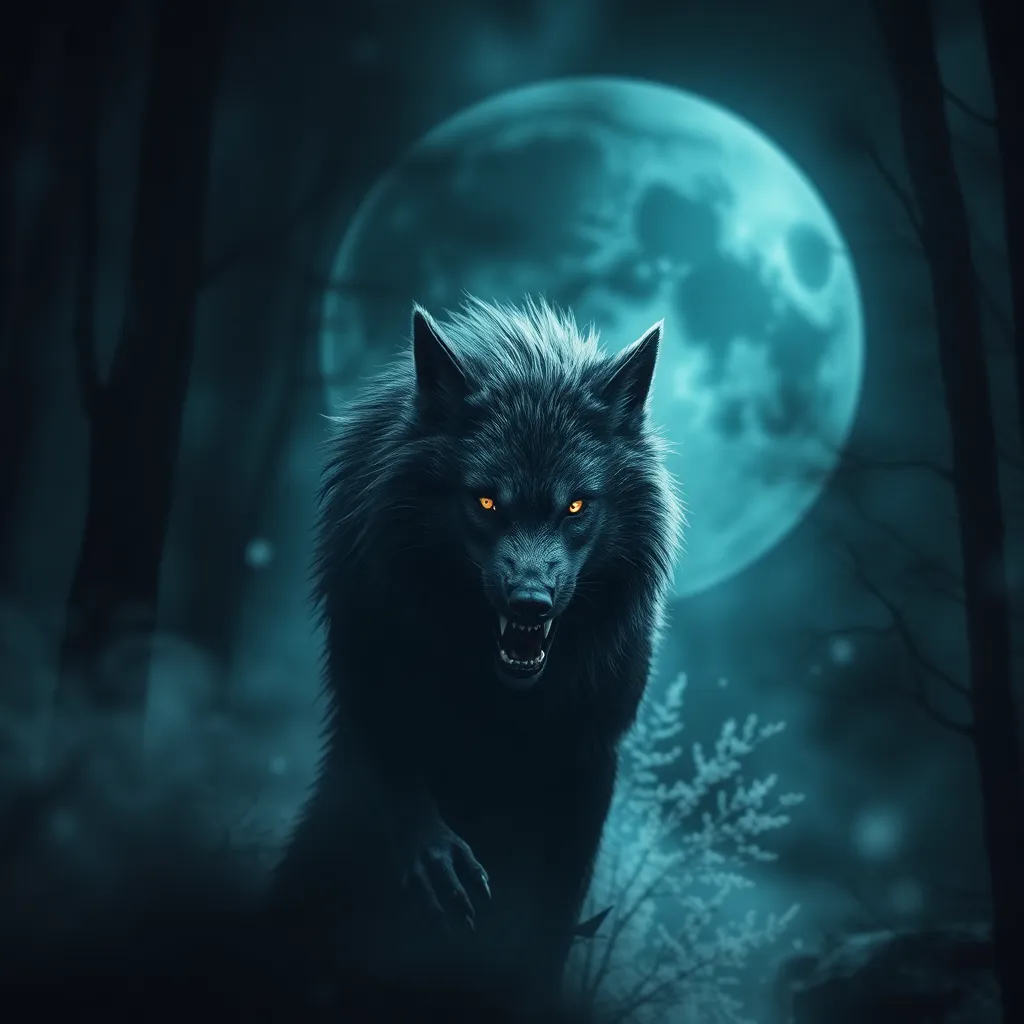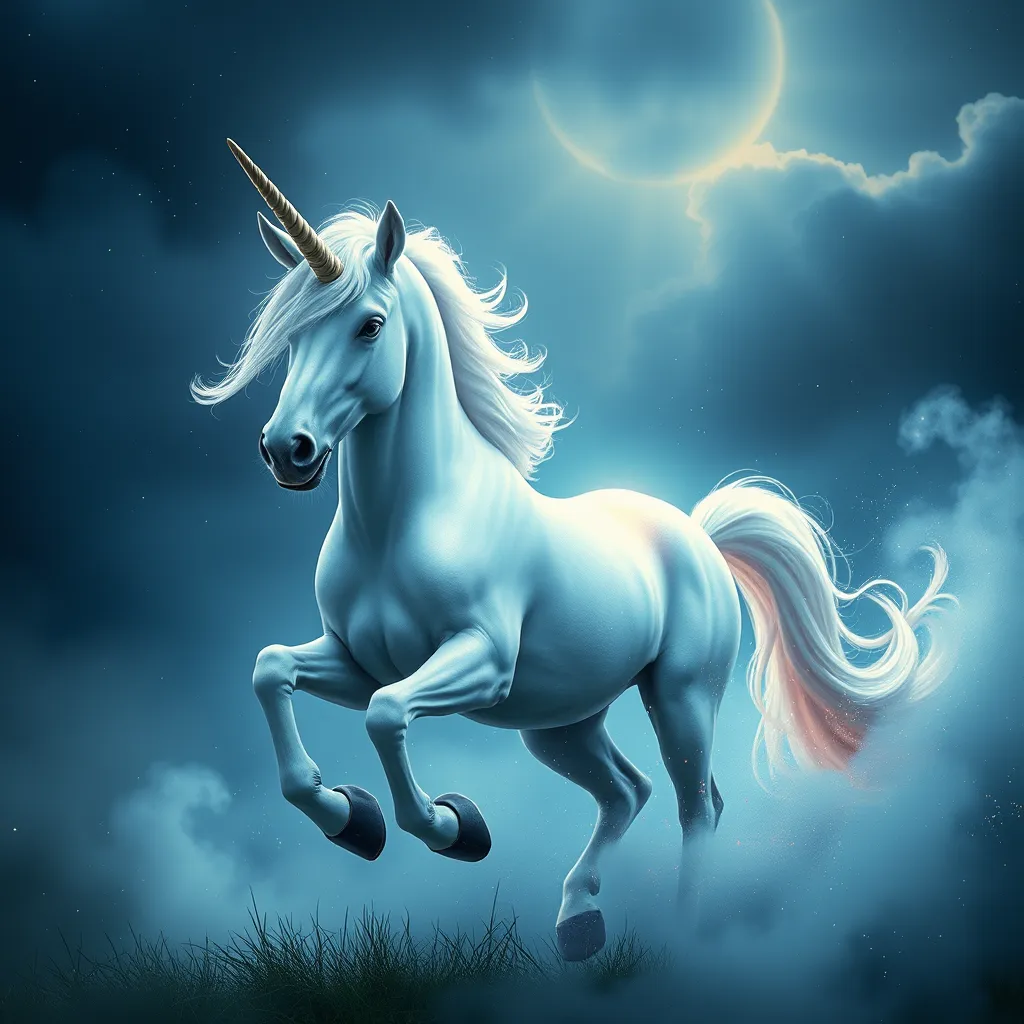The Werewolf’s Fury: Exploring the Role of Rage and Violence in Werewolf Legends
I. Introduction
Werewolf legends have captivated human imagination for centuries, transcending cultures and historical periods. These myths often depict a person transforming into a wolf-like creature, embodying the duality of humanity and animal instinct. Central to many werewolf stories is the theme of rage, which serves not only as a narrative device but also as a profound commentary on human nature.
The significance of rage and violence in these myths cannot be overstated. They reflect the darker aspects of humanity, exploring themes of loss of control, primal instincts, and the consequences of unchecked aggression. This article aims to delve into the historical context, the symbolism of rage, the role of violence, and the modern interpretations of werewolf legends, shedding light on the enduring fascination with these fearsome creatures.
II. Historical Context of Werewolf Legends
Werewolf myths have their roots in ancient cultures, with stories appearing across various societies, from the Greek Lycaon to the Norse berserkers. These early narratives often served to explain natural phenomena or the inexplicable aspects of human behavior.
- Origins of werewolf myths in ancient cultures: The concept of shapeshifting has been present in folklore worldwide, symbolizing the struggle between civilization and the wild.
- Evolution of the werewolf archetype through history: Over time, the portrayal of werewolves shifted from fearsome beasts to tragic figures, illustrating humanity’s internal conflicts.
- Cultural variations in werewolf stories: Different cultures have unique interpretations of werewolves, such as the “loup-garou” in French folklore and the “man wolf” in Slavic traditions.
III. The Symbolism of Rage in Werewolf Legends
Rage in werewolf legends often serves as a metaphor for the primal instincts that lie beneath the surface of human civilization. This transformation from human to beast represents a loss of control, revealing the darker aspects of human nature.
- Rage as a metaphor for human primal instincts: The werewolf embodies the struggle between civilized behavior and animalistic urges, highlighting the thin veneer of society.
- The connection between rage and transformation: The transformation into a werewolf is often triggered by intense emotions, particularly rage, suggesting that anger can unleash our most primal selves.
- Psychological interpretations of werewolf rage: Many psychologists interpret werewolf myths as reflections of internal conflict, where rage symbolizes repressed emotions and desires.
IV. Violence and Its Consequences in Werewolf Narratives
Violence is a common theme in werewolf narratives, often leading to dire consequences for both the werewolf and the surrounding community. The werewolf’s violent tendencies raise questions about morality, identity, and societal norms.
- The impact of violence on characters and communities: Werewolves often wreak havoc on their communities, leading to fear, mistrust, and eventual persecution.
- The duality of the werewolf as a victim and a monster: Many stories depict the werewolf as both a tragic figure and a fearsome beast, blurring the lines between victim and perpetrator.
- Moral implications of werewolf violence in folklore: These stories often serve as cautionary tales about the consequences of succumbing to one’s baser instincts.
V. The Role of the Full Moon in Amplifying Rage
The full moon is often portrayed as a catalyst for werewolf transformations, symbolizing the connection between celestial events and human behavior. This lunar cycle amplifies emotions, particularly rage, resulting in uncontrollable transformations.
- The significance of lunar cycles in werewolf transformations: The full moon is a powerful symbol in many cultures, representing change and the cyclical nature of life.
- The moon as a trigger for unleashing primal instincts: In werewolf lore, the full moon acts as a trigger, releasing the pent-up rage and primal urges of the individual.
- Cultural beliefs surrounding the full moon and madness: Many societies have linked the full moon with madness and erratic behavior, reinforcing the idea that it can unleash hidden emotions.
VI. Modern Interpretations of Werewolves and Rage
In contemporary literature and film, werewolves continue to evolve, reflecting current societal issues regarding anger and violence. Modern narratives often explore themes of identity, belonging, and the struggle against one’s darker impulses.
- Werewolves in contemporary literature and film: Modern portrayals often humanize werewolves, depicting them as complex characters grappling with their dual nature.
- How modern narratives reflect societal issues regarding anger and violence: Many recent stories explore themes of rage in relation to social justice, mental health, and personal identity.
- The evolution of the werewolf as a symbolic figure in pop culture: The werewolf has become a symbol of the struggle to balance humanity with animalistic instincts, resonating with audiences today.
VII. Psychological Perspectives on Werewolves and Aggression
The relationship between mental health and rage is a prominent theme in werewolf legends, inviting psychological analysis of these narratives. Understanding werewolf mythology through a psychological lens reveals deeper insights into human behavior.
- The relationship between mental health and rage in werewolf stories: Many werewolves are portrayed as victims of their circumstances, reflecting the struggles of those dealing with mental health issues.
- Analyzing werewolf legends through the lens of psychology: Werewolves can be seen as representations of the darker aspects of the psyche, illustrating the conflict between reason and instinct.
- The therapeutic interpretations of rage in mythology: Mythology can provide a safe space for exploring complex emotions, allowing for therapeutic interpretations of rage and transformation.
VIII. Conclusion
In conclusion, the significance of rage and violence in werewolf legends offers profound insights into human nature and societal fears. These narratives reflect the duality of humanity, illustrating the ongoing struggle between our civilized selves and our primal instincts. The enduring legacy of werewolves in popular culture serves as a reminder of the beast within us all, challenging us to confront our own rage and the violent impulses that can arise from it.
As we continue to explore and reinterpret these ancient myths, we gain a deeper understanding of ourselves, our emotions, and the complex nature of human existence. The werewolf’s fury remains a powerful symbol of the internal battles we face in our quest for identity and acceptance in a world that often feels chaotic and threatening.



